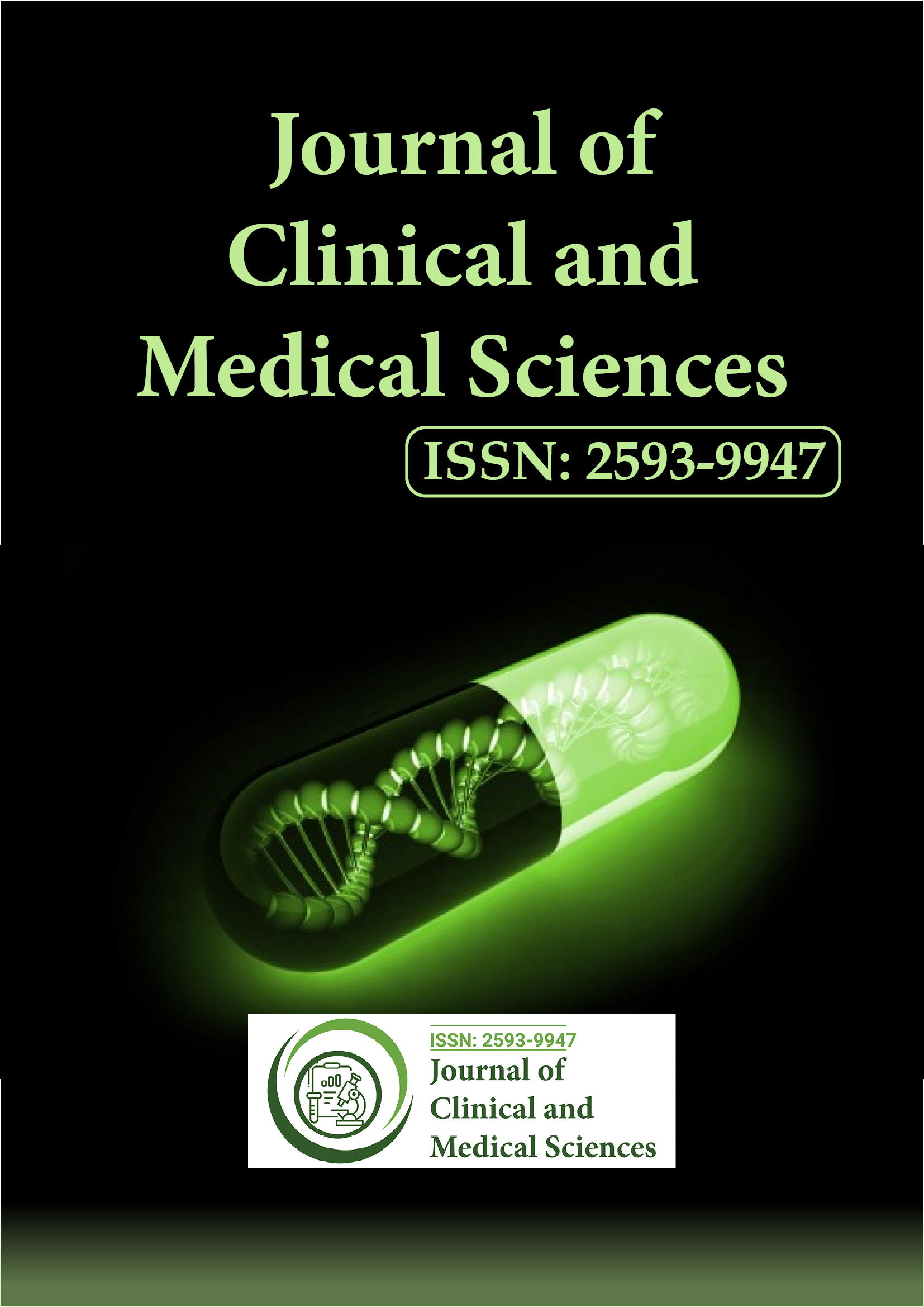Indexed In
- Euro Pub
- Google Scholar
Useful Links
Share This Page
Journal Flyer

Open Access Journals
- Agri and Aquaculture
- Biochemistry
- Bioinformatics & Systems Biology
- Business & Management
- Chemistry
- Clinical Sciences
- Engineering
- Food & Nutrition
- General Science
- Genetics & Molecular Biology
- Immunology & Microbiology
- Medical Sciences
- Neuroscience & Psychology
- Nursing & Health Care
- Pharmaceutical Sciences
Perspective - (2025) Volume 9, Issue 2
Cardiovascular Risk and Resilience in Affluent Societies: Trends and Future Directions
Olivia Martinez*Received: 30-Apr-2025, Manuscript No. JCMS-25-29533; Editor assigned: 02-May-2025, Pre QC No. JCMS-25-29533 (PQ); Reviewed: 16-May-2025, QC No. JCMS-25-29533; Revised: 23-May-2025, Manuscript No. JCMS-25-29533 (R); Published: 30-May-2025, DOI: 10.35248/2593-9947.24.9.317
Discription
Cardiovascular disease remains the leading cause of morbidity and mortality in high-income countries despite decades of research, prevention strategies, and technological innovation. It encompasses a spectrum of disorders affecting the heart and blood vessels, including coronary artery disease, hypertension, heart failure, and cerebrovascular disease. While improvements in acute care and preventive cardiology have significantly reduced mortality rates in some regions, the persistent prevalence of lifestyle-related risk factors and the aging population ensure that cardiovascular disease continues to pose a formidable public health burden. The paradox of modern society is that, although advanced diagnostic tools and treatments are available, the incidence of cardiovascular disease remains high due to the complexities of human behavior, socioeconomic influences, and evolving risk profiles.
One of the most significant contributors to cardiovascular disease in affluent societies is lifestyle. High-calorie diets rich in processed foods, excessive consumption of salt and sugar, and sedentary habits contribute to obesity, hypertension, and type 2 diabetes, all of which are major risk factors for heart disease. Urbanization and technological dependence have further reduced physical activity levels, with desk-bound occupations and increased screen time dominating daily life. Although public health campaigns emphasize exercise and balanced diets, adherence remains low, highlighting the challenges of behavior change in populations accustomed to convenience-driven lifestyles.
Another major factor is the rising prevalence of obesity. High-income nations such as the United States, Canada, and parts of Europe have witnessed a steady increase in obesity rates, which in turn accelerate the development of metabolic syndrome, dyslipidemia, and cardiovascular complications. Childhood obesity, in particular, represents a worrisome trend, as it predisposes future generations to early-onset cardiovascular disease. Despite the availability of advanced treatments, prevention strategies targeting obesity have struggled to gain traction due to the deep-rooted influence of food industries, cultural habits, and socioeconomic disparities.
Advances in medical technology have undeniably transformed the management of cardiovascular disease. The development of minimally invasive surgical techniques, advanced imaging modalities, and innovative pharmacological therapies has greatly improved patient outcomes. For example, percutaneous coronary interventions, once considered revolutionary, are now routine in the management of acute myocardial infarction, saving countless lives annually. Similarly, newer classes of lipid-lowering drugs, such as PCSK9 inhibitors, provide effective alternatives for patients unresponsive to statins. Implantable devices such as defibrillators and ventricular assist devices offer life-saving support for patients with advanced heart failure, extending survival and improving quality of life.
However, the reliance on advanced technology has created new challenges. The cost of cutting-edge treatments often limits access, even in wealthy nations, where insurance and healthcare disparities persist. Moreover, the emphasis on treatment rather than prevention has shifted resources toward hospital-based care rather than community-level interventions. This imbalance underscores the need for a more holistic approach that integrates prevention, early detection, and long-term management strategies.
Psychosocial factors further complicate the management of cardiovascular disease. Stress, depression, and social isolation are increasingly recognized as independent risk factors, particularly in high-pressure, urbanized environments. Mental health care integration into cardiovascular disease management is still evolving, but its importance cannot be overstated. A comprehensive strategy addressing both physical and psychological well-being may offer better outcomes than focusing on biological risk factors alone.
Looking forward, the future of cardiovascular care in high-income countries will likely be shaped by precision medicine and digital health innovations. Genomic profiling may soon allow identification of individuals at high risk long before clinical symptoms appear, enabling highly personalized prevention plans. Wearable devices capable of continuous monitoring of heart rhythm, blood pressure, and activity levels will empower patients to take a more active role in managing their health while providing clinicians with valuable real-time data. Artificial intelligence algorithms are being developed to analyze these data streams, detect early warning signs, suggest timely interventions, and potentially prevent major cardiac events before they occur.
Citation: Martinez O (2025). Cardiovascular Risk and Resilience in Affluent Societies: Trends and Future Directions. J Clin Med Sci. 9:317.
Copyright: © 2025 Martinez O. This is an open access article distributed under the terms of the Creative Commons Attribution License, which permits unrestricted use, distribution, and reproduction in any medium, provided the original author and source are credited.
